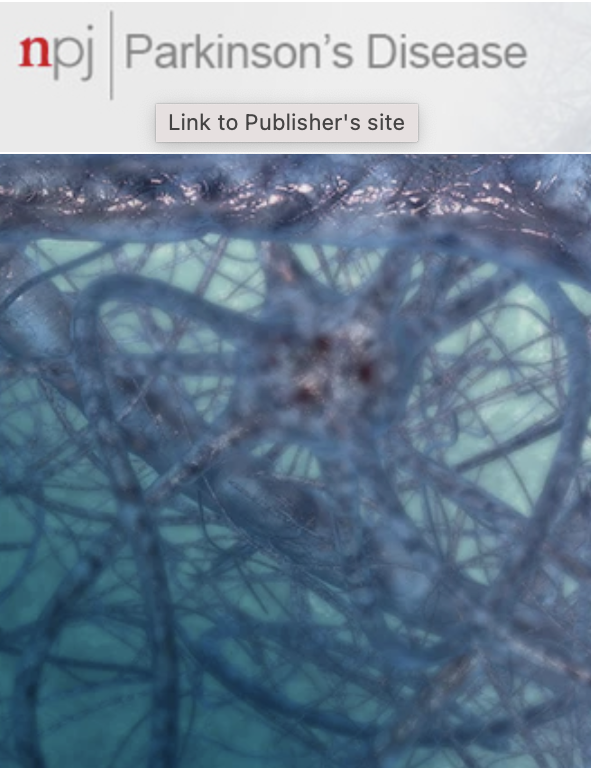Online prediction of optimal deep brain stimulation contacts from local field potentials in Parkinson's disease.
IF 8.2
1区 医学
Q1 NEUROSCIENCES
引用次数: 0
Abstract
Selecting optimal contacts for chronic deep-brain stimulation (DBS) requires a monopolar review, involving time-consuming manual testing by trained personnel, often causing patient discomfort. Neural biomarkers, such as local field potentials (LFP), could streamline this process. This study aimed to validate LFP recordings from chronically implanted neurostimulators for guiding clinical contact-level selection. We retrospectively analysed bipolar LFP recordings from Parkinson's disease patients across three centres (Netherlands: 68, Switzerland: 21, Germany: 32). Using beta-band power measures (13-35 Hz), we ranked channels based on clinical contact-level choices and developed two prediction algorithms: (i) a "decision tree" method for in-clinic use and (ii) a "pattern based" method for offline validation. The "decision tree" method achieved accuracies of 86.5% (NL), 86.7% (CH), and 75.0% (DE) for predicting the top two contact-levels. Both methods outperformed an existing algorithm. These findings suggest LFP-based approaches can enhance DBS programming efficiency, potentially reducing patient burden and clinical workload.帕金森病患者局部场电位的最佳脑深部刺激接触在线预测。
为慢性脑深部刺激(DBS)选择最佳接触者需要进行单侧审查,这需要经过训练的人员进行耗时的人工测试,通常会导致患者不适。神经生物标志物,如局部场电位(LFP),可以简化这一过程。本研究旨在验证长期植入神经刺激器的LFP记录,以指导临床接触水平的选择。我们回顾性分析了三个中心(荷兰:68例,瑞士:21例,德国:32例)帕金森病患者的双相LFP记录。使用β波段功率测量(13-35 Hz),我们根据临床接触水平的选择对渠道进行排名,并开发了两种预测算法:(i)用于临床使用的“决策树”方法和(ii)用于离线验证的“基于模式”方法。“决策树”方法预测前两个接触水平的准确率分别为86.5% (NL)、86.7% (CH)和75.0% (DE)。这两种方法都优于现有的算法。这些发现表明,基于lfp的方法可以提高DBS规划效率,潜在地减轻患者负担和临床工作量。
本文章由计算机程序翻译,如有差异,请以英文原文为准。
求助全文
约1分钟内获得全文
求助全文
来源期刊

NPJ Parkinson's Disease
Medicine-Neurology (clinical)
CiteScore
9.80
自引率
5.70%
发文量
156
审稿时长
11 weeks
期刊介绍:
npj Parkinson's Disease is a comprehensive open access journal that covers a wide range of research areas related to Parkinson's disease. It publishes original studies in basic science, translational research, and clinical investigations. The journal is dedicated to advancing our understanding of Parkinson's disease by exploring various aspects such as anatomy, etiology, genetics, cellular and molecular physiology, neurophysiology, epidemiology, and therapeutic development. By providing free and immediate access to the scientific and Parkinson's disease community, npj Parkinson's Disease promotes collaboration and knowledge sharing among researchers and healthcare professionals.
 求助内容:
求助内容: 应助结果提醒方式:
应助结果提醒方式:


